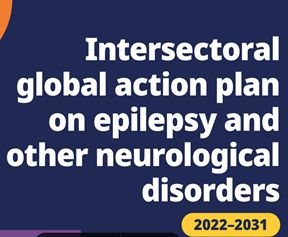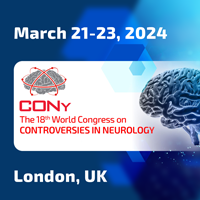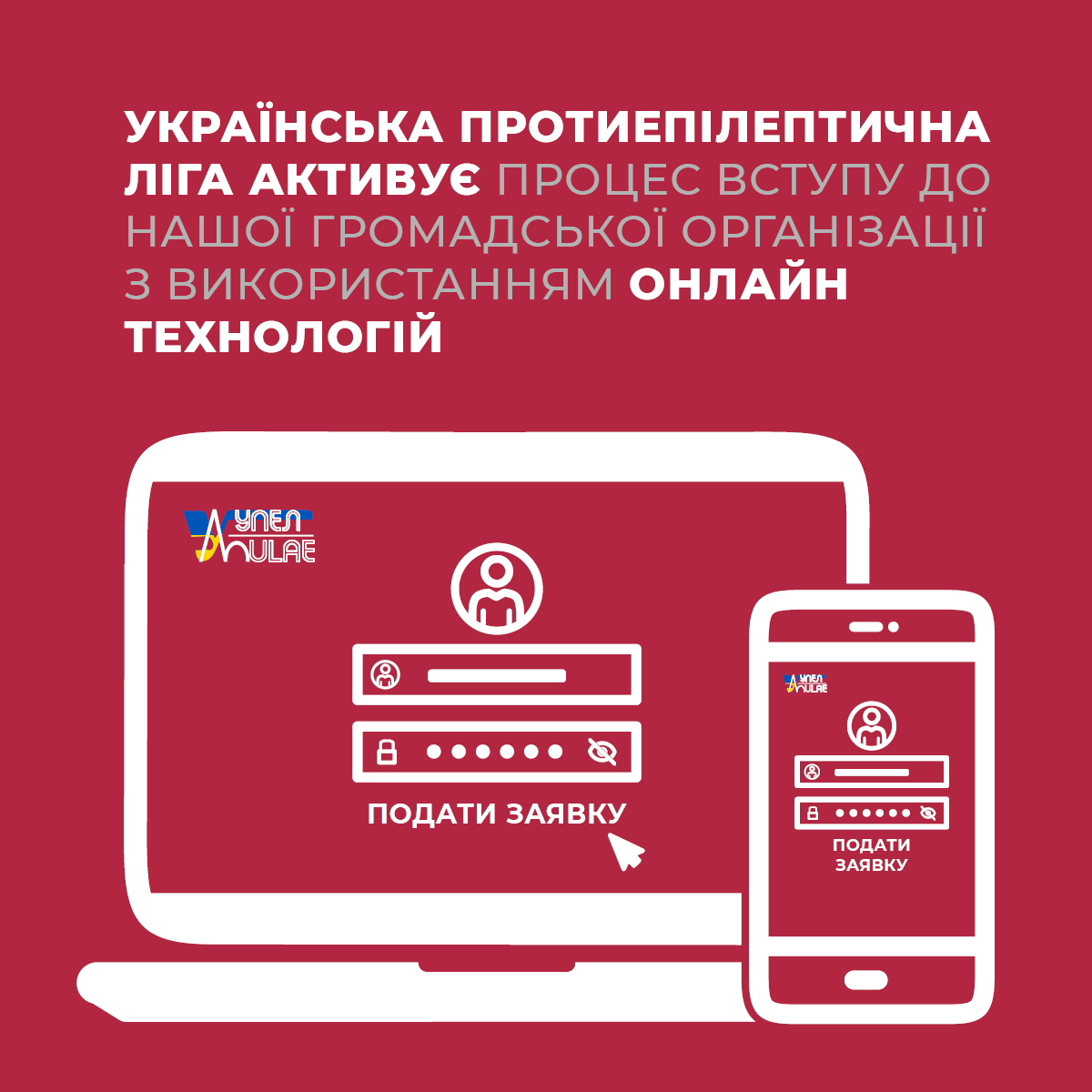Editor’s Choice vol. 83: Beydoun A, Dupont S, Zhou D, Matta M, Nagire V, Lagae L. Current role of carbamazepine and oxcarbazepine in the management of epilepsy.
Markus Reuber MD PhD, Academic Neurology Unit, University of Sheffield, Royal Hallamshire Hospital, Glossop Road, Sheffield, S10 2JF
We are all creatures of habit. It requires much less mental effort to stick with an established routine than to deviate from it and approach a given task differently. However, as clinicians we must remain prepared to learn throughout our working lives, we have to review the way we manage illness regularly, and we must force ourselves to change when medical knowledge has moved on. While this may not be controversial in principle, the decision whether the time has come to change a well-established treatment method or to stick with a familiar, time-honoured approach is rarely clear-cut.
The use of carbamazepine (CBZ) as an antiseizure medicine (ASM) is a good example. This compound was first synthesised in the 1950s – at a time when vinyl were still competing with shellac records. Does this and the fact that there are so many more recent ASM choices mean that CBZ is now past its sell-by date? Is it ethical to prescribe CBZ when there are alternatives with fewer side effects and drug interactions? Conversely, is it ethical to use more expensive alternatives (including eslicarbazepine) when funds are limited and there are so many other health problems to tackle? Is it better to prescribe drug with known side effects or one with an unknown long-term safety profile? Is oxcarbazepine (OXC) a sensible middle way?
My Editor’s Choice from the current volume of Seizure, a narrative review by A. Beydoun et al., provides the information which readers to decide what choice they should make (1). Readers are not only encouraged to read this comprehensive review article, but then to test their own conclusions by going on to read three editorials on the subject CBZ “oldie but goodie?” by also Roy Berran (2) Charlotte Lawthom (3) and Martin Brodie (4).
Perhaps readers will conclude that they don’t want to their treatment approach (yet), but the review article and these editorials demonstrate that it would not be appropriate to continue using CBZ out of habit alone. Epileptologists need to weigh up the arguments and come to a considered judgement on this important aspect of their practice.
References
1) Beydoun A, Dupont S, Zhou D, Matta M, Nagire V, Lagae L. Current role of carbamazepine and oxcarbazepine in the management of epilepsy. Seizure 2020; 83: 251-263
2) Beran R. Carbamazepine (Tegretol) –An Oldie but a Goodie –A Clinician’s Perspective. Seizure 2020; 83: 243-245
3) Lawthom C. Carbamazepine: Out with the Old, In With the New?! Seizure 2020; 83: 246-248
4) Brodie M. Carbamazepine and me! Seizure 2020; 83: 249-250
Вибір редактора, Том 83: Beydoun A, Dupont S, Zhou D, Matta M, Nagire V, Lagae L. Сучасна роль карбамазепіну і окскарбазепіну в лікуванні епілепсії.
Markus Reuber, доктор медичних наук, Академічний відділ неврології, Університет Шеффілда, Королівська лікарня Халламшир, Глоссоп-роуд, Шеффілд, S10 2JF
Всі ми – люди звичок. Це вимагає набагато менших розумових зусиль, щоб дотримуватися встановленого режиму, ніж відхилятися від нього і підходити до задачі інакше. Однак, як клініцисти, ми повинні залишатися готовими вчитися протягом усього нашого трудового життя, ми повинні регулярно переглядати те, як ми лікуємо, і ми повинні змусити себе змінитися, коли медичні знання рухаються вперед. Хоча це не може бути суперечливим в принципі, рішення про те, чи прийшов час змінити встановлений метод лікування або дотримуватися знайомого, визнаного часом підходу, рідко буває однозначним.
Гарним прикладом є використання карбамазепіну (CBZ) в якості протиепілептичної терапії (ПЕТ). Ця молекула вперше була отримана у 1950-х роках – у той час, коли вініл ще конкурував з пластинками шелаку. Чи означає це і той факт, що існує так багато останніх варіантів вибору ліків проти нападів, що час використання карбамазепіну (CBZ) минув? Чи етично призначати CBZ, коли є альтернативи з меншою кількістю побічних ефектів і лікарських взаємодій? І навпаки, чи етично застосовувати більш дорогі альтернативи (включаючи еслікарбазепін), коли кошти обмежені та існує так багато інших проблем зі здоров’ям, які потрібно вирішувати? Чи краще призначати препарат із відомими побічними ефектами або препарат із невідомим довгостроковим профілем безпеки? Чи є окскарбазепін розумним рішенням?
Мій вибір як редактора з поточного тому журналу «Seizure» - оглядова стаття A. Beydoun з співавт. надає читачам інформацію про те, який вибір вони повинні зробити (1). Їм пропонується не тільки прочитати цю оглядову статтю, але і перевірити свої власні висновки, прочитавши три редакційні статті на тему «Карбамазепін (CBZ) – старий, але гарний?» написані Roy Berran (2) Charlotte Lawthom (3) та Martin Brodie (4).
Можливо, читачі дійдуть висновку, що вони не хочуть використовувати свій підхід до лікування (поки що), але ця оглядова стаття та ці редакційні статті демонструють, що було б недоцільно продовжувати використовувати CBZ лише за звичкою. Епілептологи повинні зважити усі аргументи і прийняти зважене рішення щодо цього важливого аспекту у клінічній практиці.
References
1) Beydoun A, Dupont S, Zhou D, Matta M, Nagire V, Lagae L. Current role of carbamazepine and oxcarbazepine in the management of epilepsy. Seizure 2020; 83: 251-263
2) Beran R. Carbamazepine (Tegretol) –An Oldie but a Goodie –A Clinician’s Perspective. Seizure 2020; 83: 243-245
3) Lawthom C. Carbamazepine: Out with the Old, In With the New?! Seizure 2020; 83: 246-248
4) Brodie M. Carbamazepine and me! Seizure 2020; 83: 249-250





